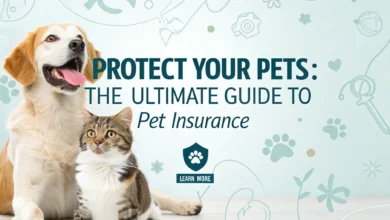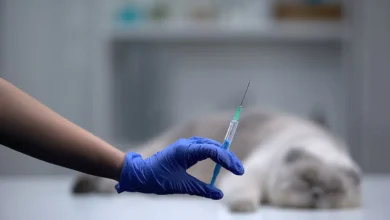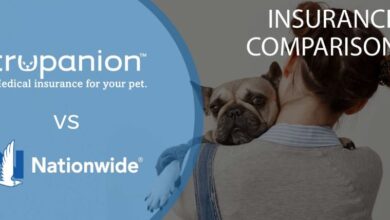Is Pet Insurance for Indoor Cats Worth It? petsinsurances.net
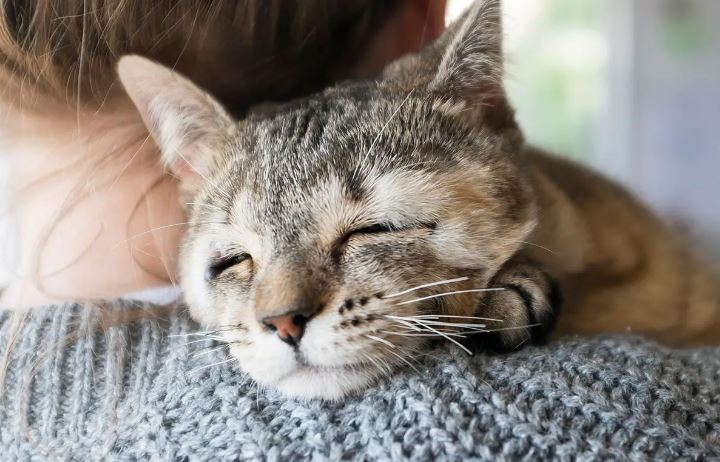
As pet owners, we strive to provide the best care for our furry companions. While outdoor cats are exposed to more risks, the question often arises: Is pet insurance necessary for indoor cats? This article explores the benefits, considerations, and potential drawbacks of insuring indoor cats, helping pet owners make informed decisions.
Understanding the Needs of Indoor Cats

Health Risks and Common Ailments
Indoor cats, while generally safer from external threats, are still susceptible to various health issues. These can include:
- Chronic Conditions: Diseases such as diabetes, kidney disease, and heart conditions.
- Genetic Disorders: Conditions that are inherited and can be costly to treat.
- Accidents and Injuries: Even in the safety of home, cats can suffer injuries from falls, ingesting harmful substances, or other unforeseen accidents.
- Dental Issues: Indoor cats can develop dental problems that require veterinary intervention.
Importance of Routine Veterinary Care
Routine veterinary visits are essential for maintaining an indoor cat’s health. Regular check-ups, vaccinations, and preventive care can help detect and manage health issues early, potentially saving significant costs in the long run.
Benefits of Pet Insurance for Indoor Cats
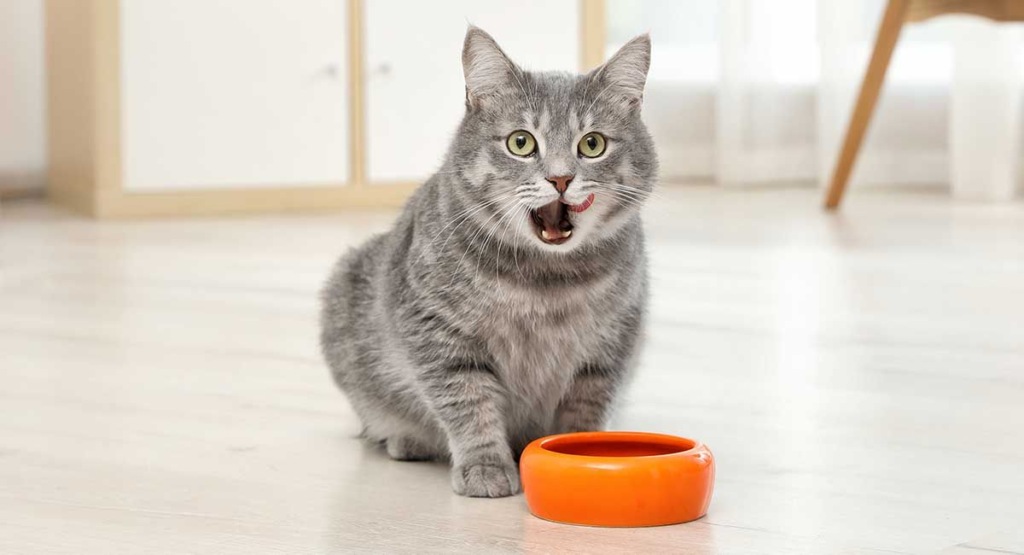
Financial Protection
Pet insurance provides financial protection against unexpected veterinary expenses. This can be especially beneficial for:
- Emergency Situations: Coverage for accidents and sudden illnesses can prevent hefty out-of-pocket expenses.
- Chronic and Long-term Conditions: Insurance can help manage the costs of treating chronic conditions that require ongoing veterinary care.
- Diagnostic Tests and Treatments: Insurance policies often cover a range of diagnostic tests, surgeries, and treatments that can otherwise be very costly.
Peace of Mind
Knowing that you have insurance coverage can provide peace of mind. Pet owners can make medical decisions based on what’s best for their cat without the stress of financial constraints.
Comprehensive Coverage Options
Many pet insurance providers offer customizable plans that can be tailored to suit the specific needs of an indoor cat. These can include:
- Accident-Only Plans: For coverage in case of injuries.
- Comprehensive Plans: Covering accidents, illnesses, and preventive care.
- Wellness Add-Ons: Including routine check-ups, vaccinations, and dental care.
Considerations Before Purchasing Pet Insurance
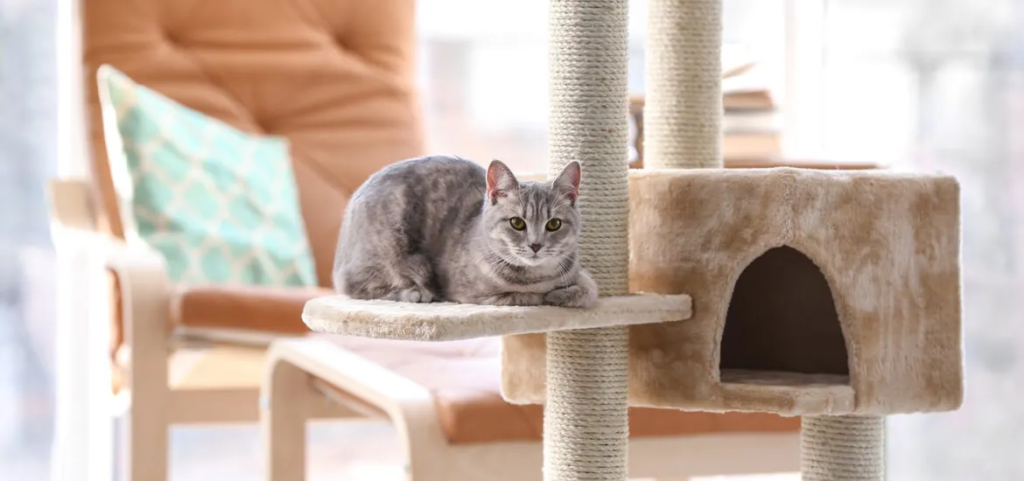
Cost vs. Benefit Analysis
Pet owners should weigh the cost of insurance premiums against potential veterinary expenses. Factors to consider include:
- Age and Health of the Cat: Younger, healthier cats may have lower premiums, while older cats or those with pre-existing conditions might incur higher costs.
- Coverage Limits and Exclusions: Understanding what is and isn’t covered by the policy is crucial.
- Deductibles and Reimbursement Rates: These can significantly impact out-of-pocket expenses.
Alternative Savings Strategies
Some pet owners might consider alternative ways to save for veterinary expenses, such as setting up a dedicated savings account. This approach provides flexibility but requires discipline to ensure funds are available when needed.
Potential Drawbacks of Pet Insurance
Exclusions and Limitations
Pet insurance policies often come with exclusions and limitations. Common exclusions include:
- Pre-existing Conditions: Conditions that existed before the policy was purchased are typically not covered.
- Specific Breed Conditions: Some breeds are prone to certain health issues that might not be covered.
Waiting Periods
Most insurance policies have waiting periods before coverage begins. During this time, any conditions that arise will not be covered.
Conclusion
Deciding whether to purchase pet insurance for an indoor cat involves careful consideration of various factors. While indoor cats may face fewer risks than their outdoor counterparts, they are not immune to health issues and accidents. Pet insurance can provide valuable financial protection and peace of mind, ensuring that pet owners can provide the best possible care for their feline companions. By evaluating the costs, benefits, and potential drawbacks, pet owners can make an informed decision that best suits their needs and the needs of their indoor cats.
FAQs about Pet Insurance for Indoor Cats
1. Why should I consider pet insurance for my indoor cat?
Indoor cats are still susceptible to various health issues, accidents, and chronic conditions that can incur significant veterinary expenses. Pet insurance provides financial protection and peace of mind, ensuring your cat receives the best possible care.
2. What types of health issues can indoor cats face?
Indoor cats can develop chronic conditions such as diabetes, kidney disease, and heart issues. They may also suffer from genetic disorders, dental problems, and injuries from accidents within the home.
3. What are the main benefits of pet insurance for indoor cats?
The main benefits include financial protection against unexpected veterinary expenses, peace of mind knowing you can afford necessary treatments, and comprehensive coverage options that can be tailored to your cat’s specific needs.
4. What should I consider when choosing a pet insurance policy for my indoor cat?
Consider factors such as the cost of premiums, coverage limits, exclusions, deductibles, reimbursement rates, and the specific needs and health risks of your cat. It’s also important to review the terms and conditions of the policy carefully.
5. Are there different types of pet insurance plans available for indoor cats?
Yes, there are various types of plans including accident-only plans, comprehensive plans that cover accidents, illnesses, and preventive care, and wellness add-ons that include routine check-ups, vaccinations, and dental care.
6. Do pet insurance policies cover pre-existing conditions?
Most pet insurance policies do not cover pre-existing conditions, which are health issues that existed before the policy was purchased. It’s important to check the specific exclusions of any policy you are considering.
7. What are the potential drawbacks of pet insurance for indoor cats?
Potential drawbacks include policy exclusions and limitations, such as pre-existing conditions not being covered, specific breed-related exclusions, waiting periods before coverage begins, and the cost of premiums which may be high for older cats or those with pre-existing conditions.
8. How can I decide if pet insurance is worth it for my indoor cat?
Weigh the cost of insurance premiums against potential veterinary expenses. Consider the age, health, and breed of your cat, as well as your financial situation and ability to handle unexpected veterinary costs without insurance.
9. Are there alternatives to pet insurance for managing veterinary costs?
Yes, some pet owners opt for alternative savings strategies, such as setting up a dedicated savings account for veterinary expenses. This approach provides flexibility but requires discipline to ensure funds are available when needed.
10. Can I customize a pet insurance policy to fit my indoor cat’s needs?
Many pet insurance providers offer customisable plans that allow you to choose the level of coverage and add-ons that best suit your cat’s specific needs, including options for routine care, dental care, and chronic condition management.
